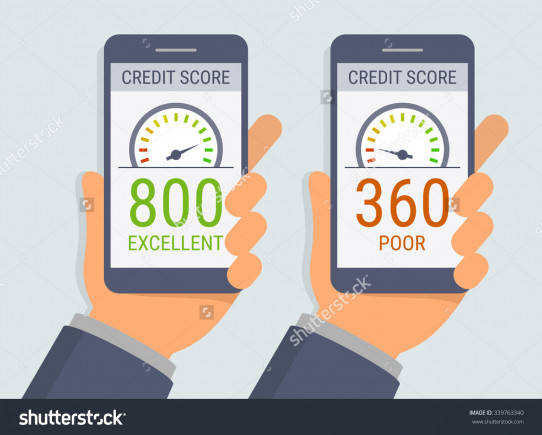These funds are taxed like equity funds whereas promoted as “less-risky” funds.
Aditya Kumar
A credit score is a numerical value used to determine the creditworthiness of an individual. This value is revealed through credit reports generated by credit bureaus.
A credit score of 700 or above (on a scale of 300 to 850) is usually considered to be a good score. When you apply for a loan, a good credit score enhances your loan approval. Also, it helps you save more on interest rates.
According to TransUnion CIBIL, a leading credit bureau of India, 79 percent of loans are approved for individuals holding a score higher than 750. There are various factors that influence a credit score. Major being – payment history, outstanding amounts, length of credit history, type of credits (secured v/s unsecured) and number of inquiries. More inquiries represent credit greedy behavior and can have a negative impact on score.
There are five main factors which either make or break the credit score. It can increase or decrease depending on how well you can manage each of the following factors.
1. Payment history
This is a highly influential factor that comprises 35 percent of your credit score. If you have done timely payments for your debts, and in full than you have very high chances of loan approval. From a lender’s perspective, this factor elaborates the following from your credit report.• Whether you have paid all the bills on time.
• If you delayed any payment, then how much delay it was? The later you took, the more negative impact will be on your credit score.
• Whether any of your accounts have gone through collections. If yes, then it is a major threat to the credit score.
2. Outstanding credit balance
This factor needs to be balanced quite well. It composes 30 percent of your credit score. It is calculated by comparing how much debt you have against your available credit limit. It doesn’t mean that you have to keep the debt at zero. Rather keep it less. Because lenders want to see that if you borrow money, you can pay it back too.For example, if you have a credit limit of Rs. 50,000, and you owe Rs. 5000; then it is a better deal than having a debt of Rs. 35,000 against a credit limit of Rs. 50,000.
3. Credit History
Your credit history at first determines that how long you have been taking credit. This factor comprises 10 percent of your credit score, but has its own significance. A lender will be looking for the following questions while looking at your credit history:• If it’s quite a long time, then when did you start first? In which year and month?
• If you have had multiple borrowings, then what is the average length of those obligations?
• Since the beginning of your obligations, how many times have you delayed the payment? If yes, delayed for how long?
It is not mandatory to have a very long credit history. After all it is the timely payment that matters. It is fine to have a short history, when payments are done on time.
4. New Credit
From your credit report, a lender looks for how many new credits have you taken recently. If he finds that you have been applying for multiple fresh credits, then there are higher chances that he may consider you a great risk.Reason being lenders do not judge your repayment capacity by what you are going to do. But by what figures they have from your recent credit report.
Also, when you consider a new credit, be ready to explain your credit information during the underwriting process. This is neither a usual inquiry nor a lenient one too.
5. Types of Credit
Your credit score will be at a high rank if you have multiple credit accounts. There are different types of credits - mortgages, car loans, credit cards and personal loans and so on.
However it is not mandatory to open new credits if you don’t have an account into each of one of these. Because it comes back to factor no. 2. That is ‘how much you owe against your credit limit’. If the ratio is not balanced, multiple accounts are of no use.
6. Insufficient exposure to credit
This may happen if you are relatively new to the credit world (less than 6 months). In case a borrower is new to the credit (i.e. -1 customer in banking or credit parlance), then he/she should begin with at least one credit card, one secured loan (gold loan or home loan), and one unsecured loan (personal loan). It is imperative that the borrower ensures timely repayments on all these. As it will help the customer to build a good credit score over a period of time.
The writer is Founder & CEO of Qbera.com


